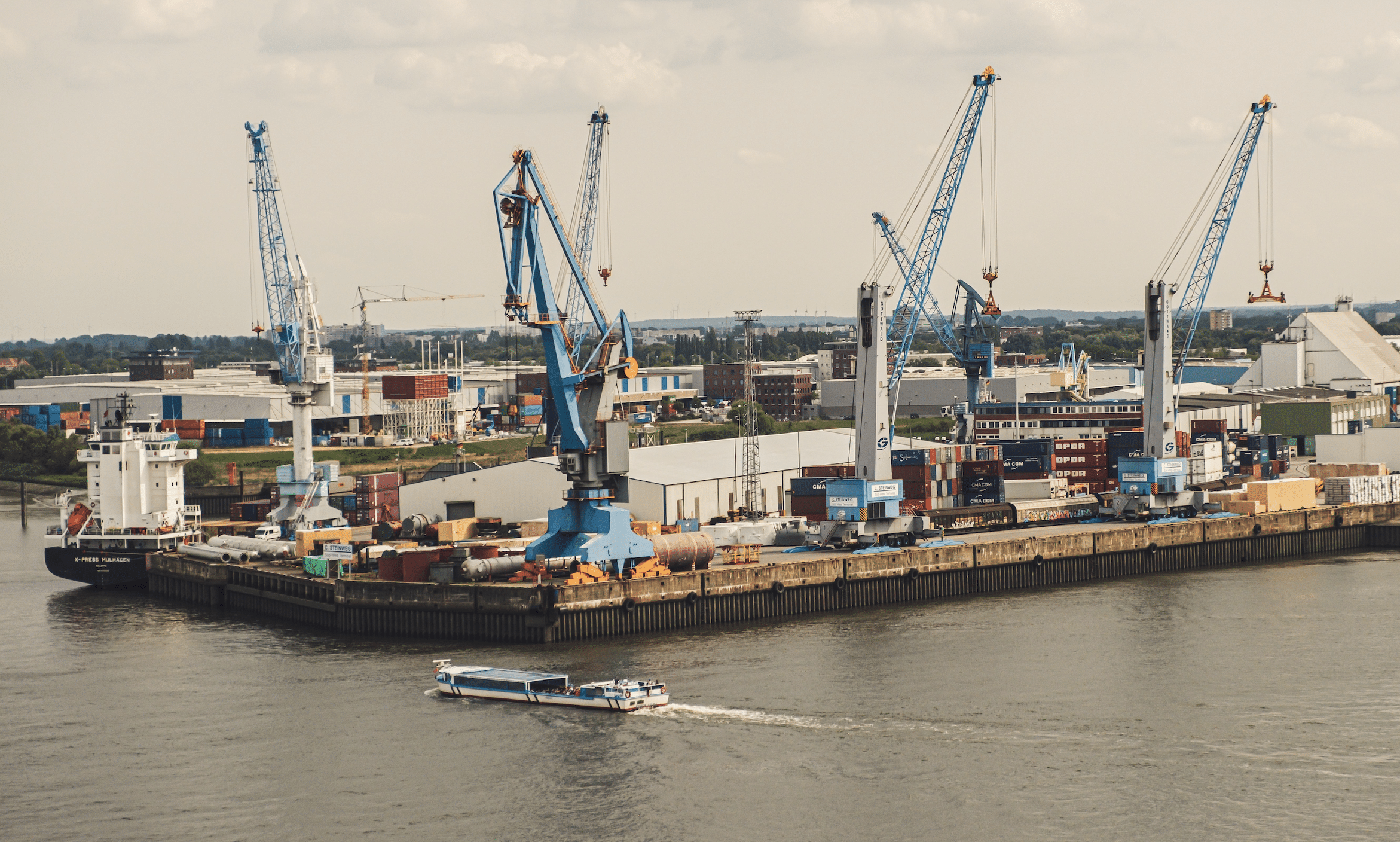
The Waterbed Effect: Changing Routes, Consistent Insider Risk
-2.png?width=64&height=64&name=Untitled%20design%20(24)-2.png)
Anyone following Dutch security politics will be familiar with the term “waterbedeffect”. In English, referred to as “waterbed effect” or “balloon effect”, this refers to the phenomenon where solving a problem in one place unintentionally creates a new problem somewhere else. Just like with a waterbed or a balloon, pressing down on one side will cause the other side to rise.
The Waterbed Effect: Pressure Shifts, Problems Move
One example of this is the constant changing of drug trafficking routes. Particularly, when customs increase the checks on containers coming from certain destinations, drug traffickers may choose other locations to ship their wares from. For example, whereas containers loaded with cocaine previously mostly arrived directly from Latin America, where most cocaine is produced, we now see that West Africa is emerging as a key transit hub for cocaine trafficking, as containers arriving from there face fewer controls as opposed to those coming from Latin America.
Indeed, on June 13th, 2025, Dutch customs encountered 4500 kilograms of cocaine, worth 112 million euros, in the port of Amsterdam. This shipment did not arrive from Latin America, but rather from West Africa. The drugs were hidden in wood and “professionally packaged”, according to the prosecutor’s office. This statement may refer to various packaging methods. Drug traffickers are known to be creative, from hiding the cocaine in hollow wood boards to even chemically altering the cocaine to make it appear as the rubber tile underlay that is often used in flooring.
In other words, we see that changing routes and packaging methods may be due to the waterbed effect. However, as the years have passed and trends have changed, there has been one constant: the use of insiders – people who have legitimate access – to gain entry to a company's grounds, systems or personnel.
A Powerful Partnership?
To better understand this, we first need to dive into the current dynamic between the drug markets in the Netherlands and those in West Africa. Whereas cocaine arrives in Europe from West Africa, synthetic drugs that are produced in the Netherlands are shipped to West Africa. For this, traffickers use sea routes, but they also use existing land routes within Africa, particularly routes that were previously established to transport heroin or hashish, to ship cocaine to Europe. Finally, drugs can be smuggled by air, either by using mules that board commercial flights or by sending the drugs in postal packages.
In exchange for this, we see that the Netherlands is one of the main exporters of kush, a deadly drug that consists of a combination of synthetic cannabis and synthetic opioids and is sometimes mixed with other substances. This mixture is sprayed onto dried leaves and smoked, a common occurrence in various West African countries, such as Sierra Leone. The use of kush became common in 2022 and has since caused grave problems on the continent, with at least two countries declaring a state of emergency due to the issues caused by the widespread consumption of kush.
The Growing Demand for Insiders
This dangerous exchange between the Netherlands and West Africa cannot be ignored, as the recent catch in the Amsterdam harbour underlines that the West Africa route is indeed being utilised. However, we also see that ports and airports are continuously seeking more effective strategies to enhance their protection. This raises the question of how it is still possible for drug traffickers to send substantial amounts of cocaine overseas.
There are multiple answers to this question. Again, referring to the waterbed effect, criminals are exploring routes that are not commonly used for drug trafficking and therefore raise little suspicion. In addition, smuggling methods, such as using submarines or the chemical alteration of drugs, have also become more refined and creative, making it more difficult to detect these substances.
However, perhaps the most notable solution to the problem of better-protected ports is to seek the help of insiders. Particularly, as harbour protection and vigilance around the topic of drug trafficking increases, it becomes progressively difficult for criminals to smuggle their wares into the country of destination. For this reason, the demand for insiders grows.the demand for insiders grows. As we have seen, insiders may assist drug traffickers for various reasons, ranging from threats to receiving a hefty sum.
Similarly, the work that insiders carry out to help these criminals varies widely, from tracking down container numbers to leaving a door open for someone to gain access to the grounds and retrieve their package. These may seem like small tasks, but the consequences can be very grave. The company might suffer reputational damage, financial losses, or worse: the security of its personnel may be compromised. Though companies are becoming increasingly aware of the threat that an insider may pose, significant work still lies ahead. But one thing is clear: when faced with these problems, always consider the insider risk.
-1.png?width=750&height=500&name=Untitled%20design%20(36)-1.png)

